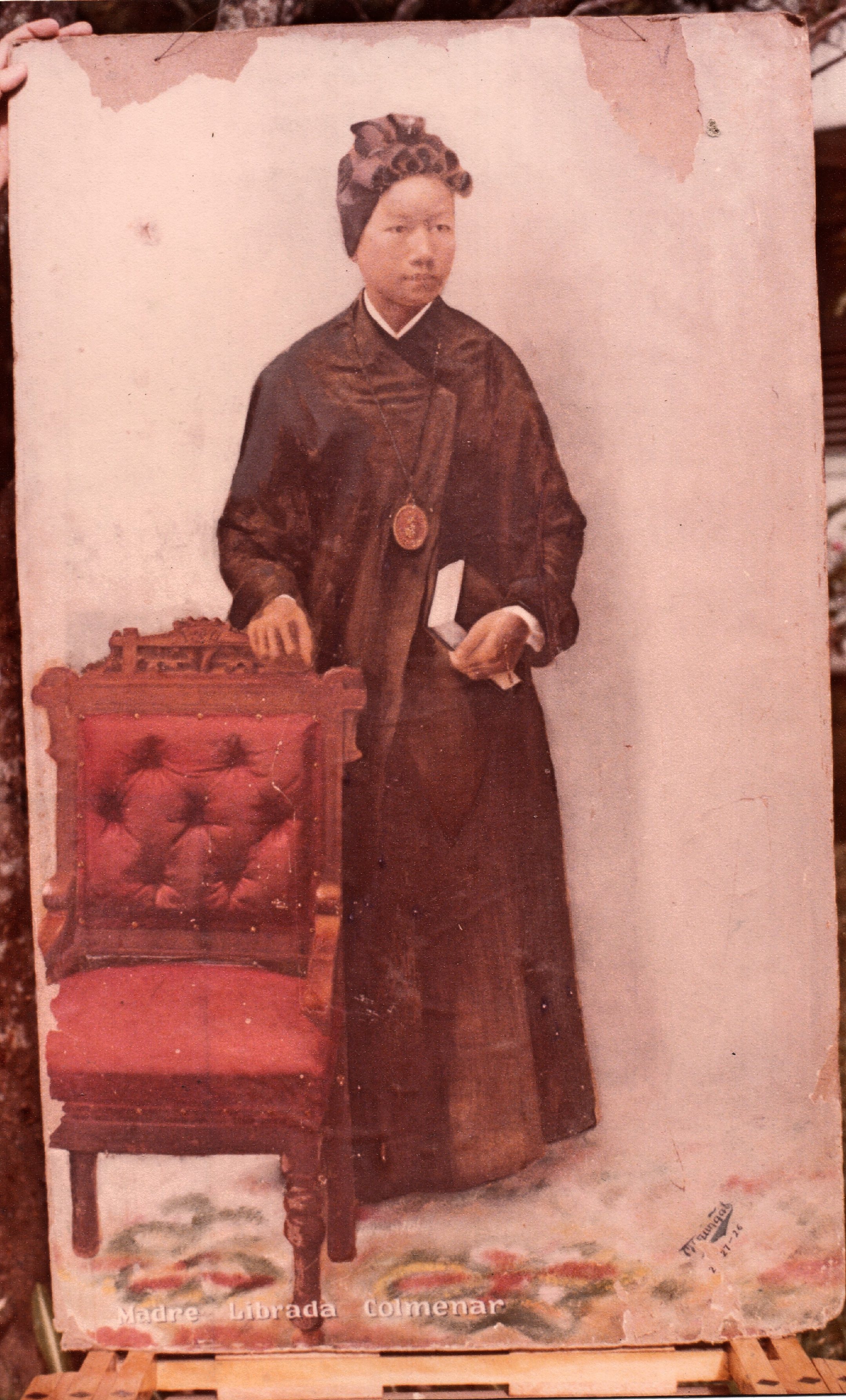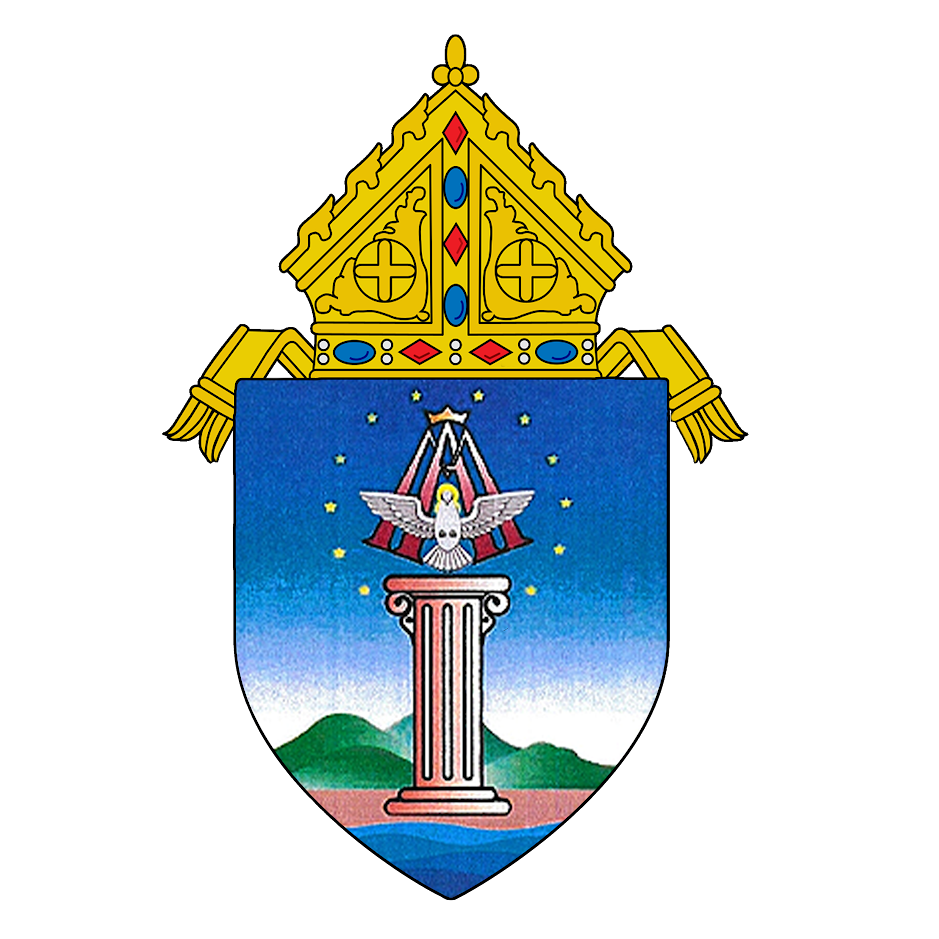Caviteña Religious Missionaries
Caviteña Religious Missionaries
The strong racial discrimination that plagued the Catholic Church during the Spanish Era made it
almost impossible for native Filipinos to be accepted in the different religious orders. The
case of Fray Ignacio de Manesay de Sta. Teresa, OSA, was quite exceptional. He was ordained by
Archbishop Diego Camacho and was even made a private secretary. Later, he joined the Augustinian
Order and was even appointed as the first Indio sangley mestizo missionary to China. The women
were more aggressive. Having been refused admittance to the existing convents, they founded
their own local religious institutes. Some Caviteñas joined these congregations and even
occupied high positions. Mother Hipolita Cotelo, a Caviteña, became prioress of the Beaterio de
la Compania (RVM) in Intramuros between 1845 and 1850. Mother Hipolita was classified as an
Indian by race. Mother Aniceta de la Santissima Trinidad (nee Aniceta de la Cruz), was mother
prioress of Beaterio de San Sebastian (the present-day Augustinian Recollect) from 1845-1857.
She was from Imus, Cavite. Mother Prudencia del Pilar (nee Prudencia Custudio y Faustino) of San
Roque, Cavite, also became prioress from 1893-1922 of the same Beaterio.
There were also Caviteñas who worked in foreign missions. Two Caviteñas joined the Dominican
Beaterio de Sta. Catalina. In 1858, when China declared religious freedom for her people, the
Dominican Missionaries of Beaterio de Santa Catalina asked for volunteers for the new mission
territory. Two brave Caviteñas dared cross the China Sea and volunteered to work in China. Sor
Regina dela Immaculado Corazon de Maria (nee Regina Granada Samson) of Sta. Cruz de Malabon who
professed in 1865 was sent to China. There she worked at the Asylum in Foachow (1881-1882). She
helped in the foundation of the Asilo de Santa Infancia de Kambeo in 1890. She died in 1905. Sor
Josefa de San Andres (nee Andrea Adam Reyes) of San Roque, Cavite professed in 1876. She went to
China and founded the Asilo de Santa Catalina de Anpoa in 1889. Then she inaugurated and became
the first superior of the Holy Childhood Asylum of Takoa in Formosa (Taiwan) on July 2, 1904.
She died on August 25, 1905.
On the eve of the Philippine Revolution, two Caviteñas once again crossed the seas to join the
Canossian Missionaries of Charity in Hong Kong. Mother Librada Colmenar of San Francisco de
Malabon and Mother Ana Bautista of Imus, Cavite, were acclaimed for their work especially with
the sick. They devoted their lives caring for the sick and bringing Jesus to their wards. By the
time of Communist takeover of China, there were some Caviteña Catholic missionaries working in
the Mainland. During the suppression of religion, foreign missionaries were expelled as in the
case of Sor Cecilia Salgado of Mendez, Cavite, who worked as an Augustinian Recollect missionary
in China for many years.

Madre Labrada Colmenar

Sor Cecilia de San Pascual, OSC

